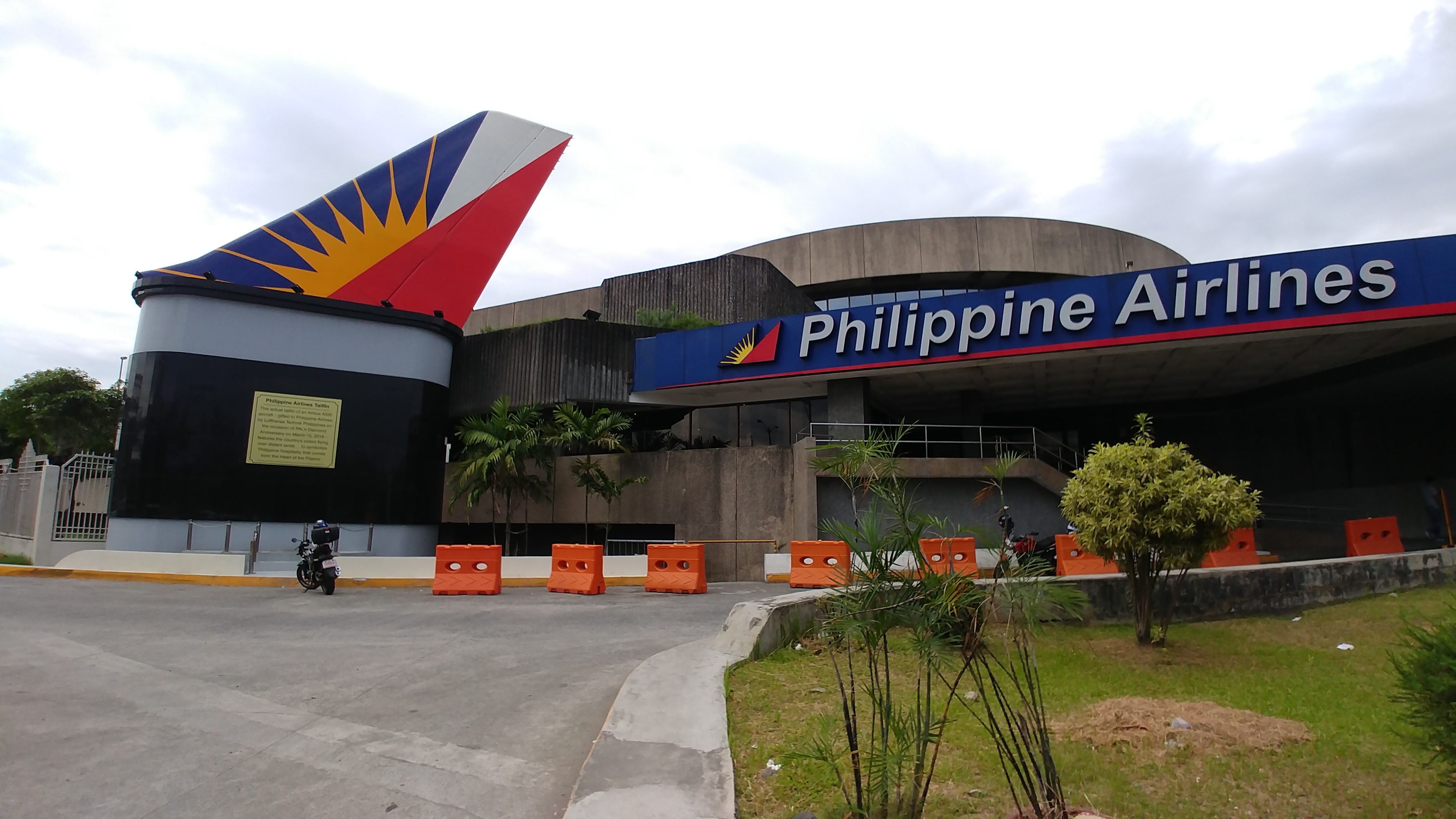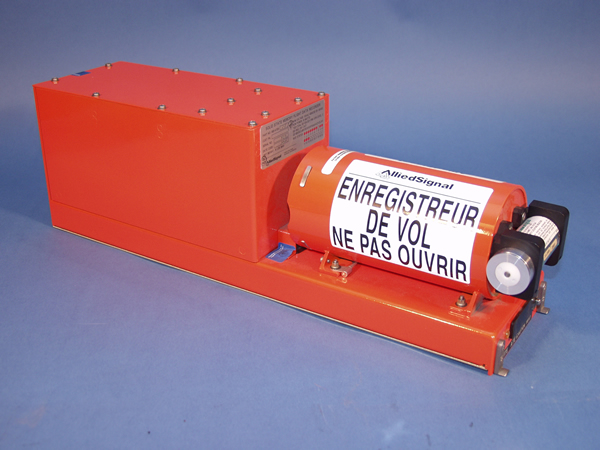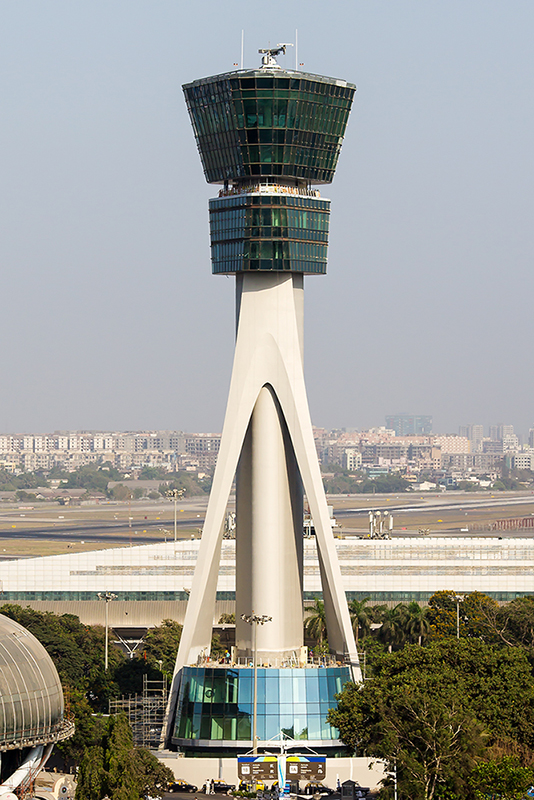|
XiamenAir Flight 8667
XiamenAir Flight 8667 was a scheduled international passenger flight from Xiamen Gaoqi International Airport in Xiamen, China, to Ninoy Aquino International Airport in Manila, Philippines. On 16 August 2018, the Boeing 737-800 operating this flight skidded off the runway while attempting to land in poor weather conditions. The crash occurred at 11:55 p.m. Philippine Standard Time (UTC+8), resulting in the destruction of the aircraft. No serious injuries were reported among the crew or passengers. The damaged aircraft took 36 hours to remove from the runway, leading to a major disruption at the airport, which is the primary international gateway to the Philippines. The closure caused the cancellation of more than 200 domestic and international flights, affected more than 250,000 travelers, and prompted calls for enlargement of the airport or the construction of alternative airports to serve the country in the event of future disruptions. After the accident, the flight cre ... [...More Info...] [...Related Items...] OR: [Wikipedia] [Google] [Baidu] |
Ninoy Aquino International Airport
Ninoy Aquino International Airport (NAIA , ; fil, Paliparang Pandaigdig ng Ninoy Aquino or ''Pandaigdigang Paliparan ng Ninoy Aquino''; ), originally known and still commonly referred to as Manila International Airport (MIA), is the main international airport serving Manila and Metro Manila, the metropolitan area of the same name. Located between the cities of Pasay and Parañaque, about south of Manila proper and southwest of Makati, NAIA is the main gateway for travelers to the Philippines and serves as a hub for AirSWIFT, Cebgo, Cebu Pacific, PAL Express, and Philippine Airlines, and as the main operating base for Philippines AirAsia. It is managed by the Manila International Airport Authority (MIAA), an agency of the Department of Transportation (Philippines), Department of Transportation (DOTr). The airport is named after Senator Benigno Aquino Jr., Benigno "Ninoy" Aquino Jr. (1932–1983), who was Assassination of Benigno Aquino Jr., assassinated at the airport on A ... [...More Info...] [...Related Items...] OR: [Wikipedia] [Google] [Baidu] |
Runway
According to the International Civil Aviation Organization (ICAO), a runway is a "defined rectangular area on a land aerodrome prepared for the landing and takeoff of aircraft". Runways may be a man-made surface (often asphalt concrete, asphalt, concrete, or a mixture of both) or a natural surface (sod, grass, soil, dirt, gravel, ice, sand or road salt, salt). Runways, as well as taxiways and Airport apron, ramps, are sometimes referred to as "tarmac", though very few runways are built using Tarmacadam, tarmac. Takeoff and landing areas defined on the surface of water for seaplanes are generally referred to as waterways. Runway lengths are now International Civil Aviation Organization#Use of the International System of Units, commonly given in meters worldwide, except in North America where feet are commonly used. History In 1916, in a World War I war effort context, the first concrete-paved runway was built in Clermont-Ferrand in France, allowing local company Michelin to ... [...More Info...] [...Related Items...] OR: [Wikipedia] [Google] [Baidu] |
Philippine Airlines
Philippine Airlines (PAL), a trade name of PAL Holdings, Inc. ( PSEPAL (Philippine Air Lines until 1970), is the flag carrier airline of the Philippines. Headquartered at the PNB Financial Center in Pasay, the airline was founded in 1941 and is the first and oldest commercial airline in Asia. The airline's main flight operations are located at Ninoy Aquino International Airport in Metro Manila. Its subsidiary PAL Express mainly operates regional routes while PAL operates both domestic (Cebu, Davao, General Santos, Kalibo, Laoag, Manila, and Zamboanga) and international routes. History Philippine Airlines was founded on . Its predecessor company, Philippine Aerial Taxi Company, was founded on December 3, 1930. Formerly one of the largest airlines in Asia, PAL was severely affected by the 1997 Asian financial crisis. In one of the Philippines' biggest corporate failures, PAL downsized its international operations by ending flights to Europe and the Middle East, cuttin ... [...More Info...] [...Related Items...] OR: [Wikipedia] [Google] [Baidu] |
Cebu Pacific
Cebu Air, Inc., operating as Cebu Pacific (), is a low-cost airline of the Philippines. Founded in 1988, it is Asia's oldest low-cost airline. It offers scheduled flights to both domestic and international destinations. The airline operates flights from a primary hub in Ninoy Aquino International Airport, Manila, two secondary hubs in Mactan–Cebu International Airport, Cebu and Francisco Bangoy International Airport, Davao, and five focus cities in Laguindingan Airport, Cagayan de Oro, Clark International Airport, Clark, Iloilo International Airport, Iloilo, Kalibo International Airport, Kalibo, and Zamboanga International Airport, Zamboanga. History Foundation and growth (1988–2006) The airline was established on August 26, 1988. Republic Act No. 7151, which grants a legislative franchise to Cebu Air, Inc. to operate was approved on August 30, 1991. It started operations on March 8, 1996, with its first flight from Manila to Cebu. Domestic services commenced followin ... [...More Info...] [...Related Items...] OR: [Wikipedia] [Google] [Baidu] |
Philippine Peso
The Philippine peso, also referred to by its Tagalog name ''piso'' (Philippine English: , , plural pesos; tl, piso ; sign: ₱; code: PHP), is the official currency of the Philippines. It is subdivided into 100 ''sentimo'', also called centavos. The Philippine peso sign is denoted by the symbol "₱", introduced under American rule in place of the original peso sign "$" used throughout Spanish America. Alternative symbols used are "PHP", "PhP", "Php", or just "P". The monetary policy of the Philippines is conducted by the Bangko Sentral ng Pilipinas (BSP), established on July 3, 1993, as its central bank. It produces the country's banknotes and coins at its Security Plant Complex, which is set to move to New Clark City in Capas, Tarlac."Overview of the BSP" Bangko Sentral ng Pilipinas (BSP) Official Website. Retrieved on Oc ... [...More Info...] [...Related Items...] OR: [Wikipedia] [Google] [Baidu] |
Wide-body Aircraft
A wide-body aircraft, also known as a twin-aisle aircraft, is an airliner with a fuselage wide enough to accommodate two passenger aisles with seven or more seats abreast. The typical fuselage diameter is . In the typical wide-body economy cabin, passengers are seated seven to ten abreast, allowing a total capacity of 200 to 850 passengers. The largest wide-body aircraft are over wide, and can accommodate up to eleven passengers abreast in high-density configurations. By comparison, a typical narrow-body airliner has a diameter of , with a single aisle, and seats between two and six people abreast. Wide-body aircraft were originally designed for a combination of efficiency and passenger comfort and to increase the amount of cargo space. However, airlines quickly gave in to economic factors, and reduced the extra passenger space in order to insert more seats and increase revenue and profits. Wide-body aircraft are also used for the transport of commercial freight and cargo an ... [...More Info...] [...Related Items...] OR: [Wikipedia] [Google] [Baidu] |
International Civil Aviation Organization
The International Civil Aviation Organization (ICAO, ) is a specialized agency of the United Nations that coordinates the principles and techniques of international air navigation, and fosters the planning and development of international air transport to ensure safe and orderly growth. ICAO headquarters are located in the ''Quartier International'' of Montreal, Quebec, Canada. The ICAO Council adopts standards and recommended practices concerning air navigation, its infrastructure, flight inspection, prevention of unlawful interference, and facilitation of border-crossing procedures for international civil aviation. ICAO defines the protocols for air accident investigation that are followed by transport safety authorities in countries signatory to the Chicago Convention on International Civil Aviation. The Air Navigation Commission (ANC) is the technical body within ICAO. The commission is composed of 19 commissioners, nominated by the ICAO's contracting states and a ... [...More Info...] [...Related Items...] OR: [Wikipedia] [Google] [Baidu] |
Flight Recorder
A flight recorder is an electronic recording device placed in an aircraft for the purpose of facilitating the investigation of aviation accidents and incidents. The device may often be referred to as a "black box", an outdated name which has become a misnomer—they are now required to be painted bright orange, to aid in their recovery after accidents. There are two types of flight recording devices: the flight data recorder (FDR) preserves the recent history of the flight through the recording of dozens of parameters collected several times per second; the cockpit voice recorder (CVR) preserves the recent history of the sounds in the cockpit, including the conversation of the pilots. The two devices may be combined into a single unit. Together, the FDR and CVR objectively document the aircraft's flight history, which may assist in any later investigation. The two flight recorders are required by international regulation, overseen by the International Civil Aviation Organiz ... [...More Info...] [...Related Items...] OR: [Wikipedia] [Google] [Baidu] |
Civil Aviation Authority Of The Philippines
The Civil Aviation Authority of the Philippines (CAAP, ; fil, Pangasiwaan sa Abyasyong Sibil ng Pilipinas) is the civil aviation authority of the Philippines and is responsible for implementing policies on civil aviation to assure safe, economic and efficient air travel. The agency also investigates aviation accidents via its Aircraft Accident Investigation and Inquiry Board. Formerly the Air Transportation Office, it is an independent regulatory body attached to the Department of Transportation for the purpose of policy coordination. History Legislative Act No. 3909, passed by the Congress of the Philippines on November 20, 1931, created an office under the Department of Commerce and Communications to handle aviation matters, particularly the enforcement of rules and regulations governing commercial aviation as well as private flying. It was amended by Act 3996 to include licensing of airmen and aircraft, inspection of aircraft concerning air traffic rules, schedules and r ... [...More Info...] [...Related Items...] OR: [Wikipedia] [Google] [Baidu] |
Manila International Airport Authority
The Manila International Airport Authority (MIAA; fil, Pangasiwaan ng Paliparang Pandaigdig ng Maynila) is a government-owned and controlled corporation and agency under the Department of Transportation of the Philippines responsible for the management of Ninoy Aquino International Airport (NAIA) formerly Manila International Airport. On October 10, 2018, MIAA has achieved another milestone after obtaining its ISO certification under ISO 2001:2015 standards. The authority began its certification journey in 2008 when it first obtained its ISO certification under ISO 9001:2008 standards. Ranks for official personnel *Airport Police Senior Superintendent *Airport Police Superintendent *Airport Police Chief Inspector *Airport Police Senior Inspector *Airport Police Inspector Ranks for non-official personnel *Airport Police Officer III *Airport Police Officer II *Airport Police Officer I See also *Ninoy Aquino International Airport *Civil Aviation Authority of the Philippines ... [...More Info...] [...Related Items...] OR: [Wikipedia] [Google] [Baidu] |
Air Traffic Control
Air traffic control (ATC) is a service provided by ground-based air traffic controllers who direct aircraft on the ground and through a given section of controlled airspace, and can provide advisory services to aircraft in non-controlled airspace. The primary purpose of ATC worldwide is to prevent collisions, organize and expedite the flow of air traffic, and provide information and other support for pilots. Air traffic controllers monitor the location of aircraft in their assigned airspace by radar and communicate with the pilots by radio. To prevent collisions, ATC enforces Separation (air traffic control), traffic separation rules, which ensure each aircraft maintains a minimum amount of empty space around it at all times. In many countries, ATC provides services to all private, military, and commercial aircraft operating within its airspace. Depending on the type of flight and the class of airspace, ATC may issue ''instructions'' that pilots are required to obey, or ''advis ... [...More Info...] [...Related Items...] OR: [Wikipedia] [Google] [Baidu] |
Evacuation Slide
An evacuation slide is an inflatable Playground slide, slide used to evacuate an aircraft quickly. An escape slide is required on all commercial (passenger carrying) aircraft where the door sill height is such that, in the event of an evacuation, passengers would be unable to step down from the door uninjured (Federal Aviation Administration requires slides on all aircraft doors where the floor is or more above the ground). Escape slides are packed and held within the door structure inside the ''slide bustle'', a protruding part of the inside of an aircraft door that varies with aircraft size, door size and door location. In many modern planes, to reduce evacuation time, evacuation slides deploy automatically when a door is opened in an "armed" condition. Modern planes often indicate an armed condition with an indicator light. Regulations Federal Aviation Administration and EASA regulations require an approved method of escape on all aircraft exits where the floor is or more ... [...More Info...] [...Related Items...] OR: [Wikipedia] [Google] [Baidu] |









